This post has been divided into two sections and is a continuation of the three-part series on why you should start taking greater consideration to the loads you bring out with you while hiking, backpacking, and camping with thoughts on decreasing load weight.
Part 1 – Effects of Load Weight on a Hiker
Part 2.1 – Methods to Decrease Load Weight While Backpacking / Camping
Part 2.2 – Methods to Decrease Load Weight While Backpacking / Camping
Part 3 – Improving Hiker-Load Relationship
Welcome to our recurring series of “The Path Less Traveled.” In this series, we want to take you along for our exploits out in the wilderness while hiking, camping, exploring, and general adventuring. This will include our small daily victories, foibles, tips, tricks, and reviews of gear we authentically appreciate and frequently utilize. While a well-worn trail can often be the pathway to a leisurely day, the paths less traveled can often spur on some of the greatest memories, misadventures, and fun we could imagine. Join us in the Comments as we share our travels and hopefully, we can all come together for a greater appreciation of the outdoors.
On Last Week’s “The Path Less Traveled”
Last post, we reviewed pack weight has a significant effect on the following:
- Energy Output
- Fatigue
- Cognitive Processes
- Pain
- Injuries
Part 2.2 – Methods to Decrease Load Weight
This post, we’re going to have a brief-but-not-brief review of Methods to Decrease Load Weight while backpacking or camping.
(Note: All products listed in these posts are provided to display “rational” prices. Many Sources claim anywhere from $1,200 – $6,000 to be adequately equipped to hike the Appalachian Trail. While you can definitely backpack for a week with this gear, and it will last you a good while, not EVERY product is primo ultralight “month-long in the woods” gear.)
Last post, we covered the following topics:
- Planning and Knowledge – Zero Weight!
- Hiking System – Backpacks, Clothes
- Shelter System – Tents (Not Hammocks
 )
)
This post we will cover:
- Sleeping System – Sleeping Bag, Sleeping Bag Liner, Sleeping Pad
- Health and Hygiene – Water Filtration, Food, Hygiene, Safety, First Aid
- Miscellaneous – Defense, Tools, Luxury Items!
Sleeping System – Quilts vs. Sleeping Bags
“But if you compress the fluff or down on your underside, it is useless.” The research I’ve scrolled through is not clear on how good a quilt is, just that sleeping bags are not as bad as the weight weenie crowd believes they are. That and in 2019, 88.1% of individuals completing the entire Appalachian Trail did so with a sleep system that was ground-based. (Apparently hollow fiber sleeping fill does better when compressed compared to duck down.) There was also a note in a Canadian military research piece that stated:
“The maxim that it is warmer to sleep naked in a sleeping bag might have something to do with water accumulation from clothing in the long term, but probably, it has more to do with drafts or air leaks that steal heat. These are immediately sensed by bare skin and corrective action is taken. The sensation of a cold draft forces the sleeper to make adjustments to minimize the leaks. If clothing is insulating the skin the sensation of a cold leak may not be intense enough to stimulate the necessary corrective action.”
Credit: Frost in Arctic sleeping bags Randall J. Osczevski Defense R&D Canada – Toronto Technical Report DRDC Toronto TR 2003-070 June 2003
I don’t think I could ever sleep naked on a night below 45°F, but I can guess and (maybe inaccurately) transfer the knowledge from this excerpt to state that individuals who sleep in quilts and feel a draft may re-adjust quicker than those who do not feel the draft? Either way, quilts are lighter, sleeping bags are heavier, but have historically shown to be effective and popular. When looking to replace that sleeping bag you got when you were still thinking about going to art school, pay attention to:
- (Packed) Size – Sleeping bags worth their money typically take a decent amount of space, especially down filled ones. Pay attention to this stat as it may be light, but it’ll end up taking more space in your pack than you want…
- Weight – This is what this article is all about. Of course, pay attention to weight, and try to stay below 1,000g (2.2 Lbs)
- Temperature Rating – After a while, you’ll have a few sleeping bags to choose from where you can decide whether you really wanna take the 20° bag on a trip when it is going to be in the high 50s at night. Also consider whether you easily get cold at night or not.
- Snugpack Softie 3 Merlin 32°F – 900g (2 Lbs) – $199.95
- Nemo Forte Ultralight Synthetic Sleeping Bag 35°F – 1,224g (2.7 Lbs) – $159.95
- Western Mountaineering Summerlite Mummy Sleeping Bag 32°F – 512g (1.13 Lbs) – $425
Essentially, you are paying for space and weight. You could lug a Coleman bag from the big box stores that will likely be as big as one of those barrels Mario jumped over in Donkey Kong and weigh five pounds. I’m sure it will keep you as warm as some of these others, but dimensionally it will overwhelm you and won’t fit in your pack. The cheaper sleeping bags will also not likely have water repellent coatings or more advanced cloth materials to manage moisture.
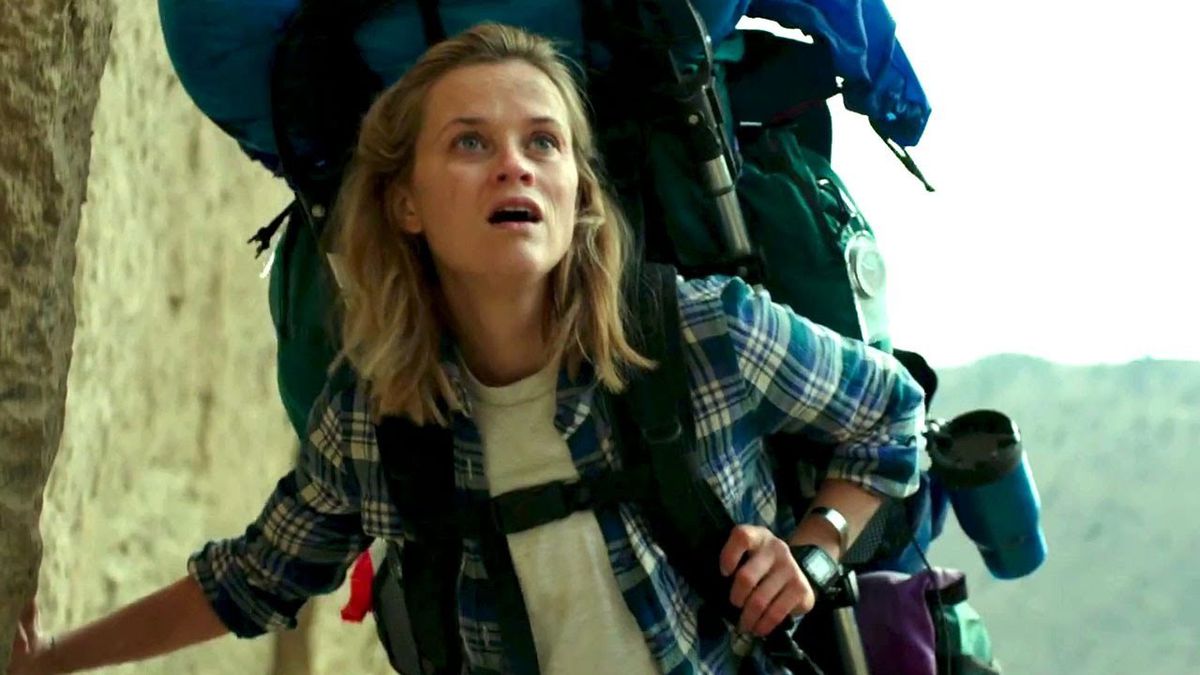
Sleeping Pads are next. If you’re under 25 y/o, go ahead and skip this section and feel free to sleep without a pad… You’ll feel those aches and pains eventually! (HUMOR) For the rest of us, we are in a three-way battle between high-technology, high-cost name brand air-pads, mid-tier traditional foam pads with a few new twists… and all of the discount overseas manufacturers that likely produce things for the other two competitors. Not gonna lie, 75% of my sleeping pads have been bought on Amazon or Aliexpress. I love my comfort and I don’t want to throw out $160-240 on a sleeping pad, no matter the R-Value. That’s insane. I’ll risk bringing a folding foam pad and an inflatable one from lesser known brands. One plus in my gear is that my folding foam pad works as the internal frame on my pack!
If you’re going somewhere cold, make sure you pay attention to R-Values of pads. The protection against losing heat is compounded by additional items placed on top of each other. If things get too cold for you, always bring an emergency space blanket to wrap into inside your sleeping bag. Attracting and retaining radiant heat does wonders! I also recommend sleeping bag liners. They keep the inside of your bag less dirty, and add a minimal amount of additional warmth. If you’re really going weight weenie, feel free to disregard.
Last on the list is the “Everything Else” section, including Water/Cooking/Food/Hygiene. While base-weights aren’t calculated with food and water involved, I’m still going to explain ways to lighten your load with specific methods.
Water Filtration is vital to survival. Even in a coma, the body loses close to a liter of water in 24hr through perspiration. I prefer the Sawyer Squeeze. I’ve tried the Sawyer mini, and even when flushing it properly, it still seemed to clog very quickly. Someone bought me a LifeStraw, they were neat. Having the long skinny plastic tube somewhere incorrect in my bag did end up with me cracking the tube section once. Had to tape it up to have enough fluids to get back to car that weekend. Didn’t want to end up Bear Grylls’ing it. My opinion with the LifeStraw Classics is they are too fragile for long-distances.
In the past, I used one of the hand-pumped water filters with various sediment filters and tubes. Complicated, expensive, waste of time. I can’t tell you how many times I’ve taken it apart and cleaned parts of it just to pump that little lever up and down faster and harder than pent-up teenage boys while watching Basic Instinct when mom’s not home. Man, I hated this thing.
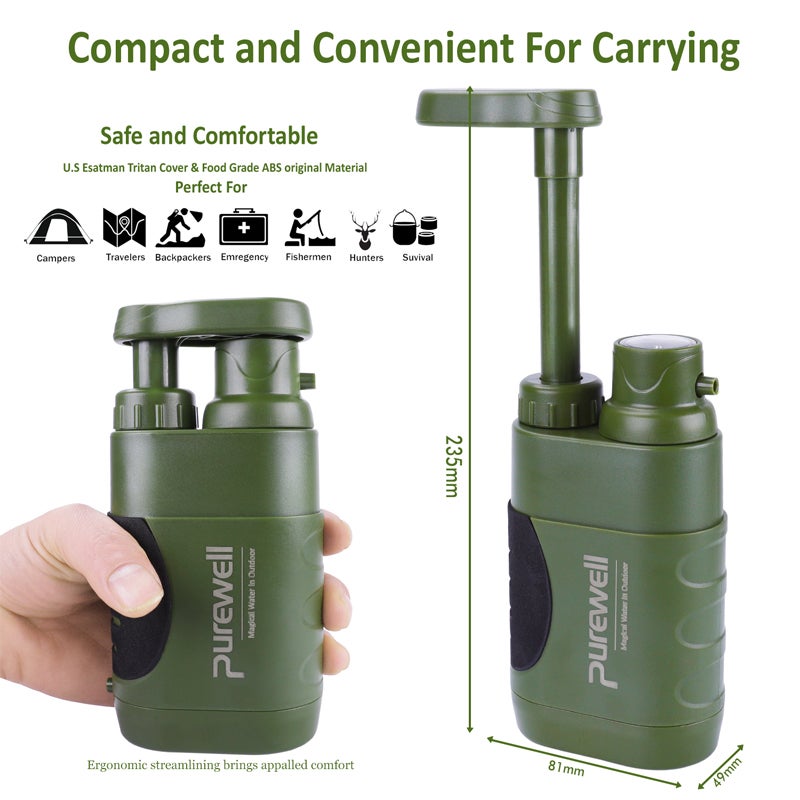
If you’ve hiked anywhere within the last decade, you can see that most people who are trying to reduce weight no longer carry metal or Nalgene water bottles. I was guilty of this for years. These days, it’s the Smart Water bottle or anything else that hooks up to a Sawyer Squeeze (or similar product). Two one-liter bottles are enough to last someone a few hours at worst. Carrying too much water is the same as carrying any other weight. This may require you to fill your bottles from a stream or other local water sources with a current.
I don’t dislike Camelbak bags and they come in ranges of 2 – 5 liters. My disdain with them is forgetting to clean them afterwards and the cost of them. If you wanted to carry one 3 or 5 liter bag into an area where you believe there is little water, I would not discredit your decisions at all. Saying that, I do have a Cnoc Vecto 2L bag that I squeeze water into my bottles with. Using the bag-squeeze method, and the oh-so easy filling the bag to seal-strap it has… it makes up for having to carry another thing. I also believe using a dedicated “dirty” bag to gather water is a safe way to keep yucky germs out of your drinking supply bottles. Although, it would be one of the first things I would remove from my pack if I was trying to get under a 5.5 kg pack weight.
I don’t know about you, but any time I swim, I’m sure water has gone in my mouth and nose enough that I should have giardia or some other water borne pathogens, but I cannot name many people who have. I still always treat and filter my water. Somewhere in my bag, I keep one or two iodine tabs as a “Just in Case.” Who knows? They could be a lifesaver one day and are only like a gram a piece.
All in all, make sure your bottles aren’t heavy, even if you use something most people would have thrown away after emptying it the first time. Second of all, get a reliable filter and use it often.
- Sawyer Squeeze – 90g (3.7 Oz) – $37.30
- Aqua Tabs Water Treatment Tabs – 2g – $1.99 for 10 tabs
Cooking is a tricky subject these days for people who do ultralight backpacking. There’s the trend of cold-soaking things. Cold soaking macaroni. Cold soaking Rice-a-roni. Cold soaking oatmeal is about the only one of these ideas I can get behind. The rest just sound like culinary torture devised to make me wanna hate my life more than Anthony Bourdain (too soon?). While it does save weight, I feel like it is too extreme for most people, and the amount of gear, books, and marketing hype around it makes me feel like it is a trend created just to sell more stuff to us.
I bring a small canister of fuel, an aluminum pot, a small Bic lighter, (and a pack of sealed matches), and a lightweight burner I received over 15 years ago. If you’re smart, you’ll fold some aluminum foil around the pot that you can take off and use as a wind-shield at no weight penalty.
- 4 Oz Fuel canister (full) 215g (7.2 Oz) [Cheaper in-store]
- Optimus Crux Pot – 123g (4.33 Oz)
- Mini Bic Lighter – 8g (0.28 Oz) [Cheaper in-store]
- Optimus Crux Light Stove – 72g (2.53 Oz)
- Matches + foil – 6g (0.21 Oz)
All of this fits in the pot itself and could be upgraded. Titanium pots are all over the place these days. I like this setup because it has been tested for over a dozen fuel canisters (17+ hrs of use) small and large and still runs like a champ.
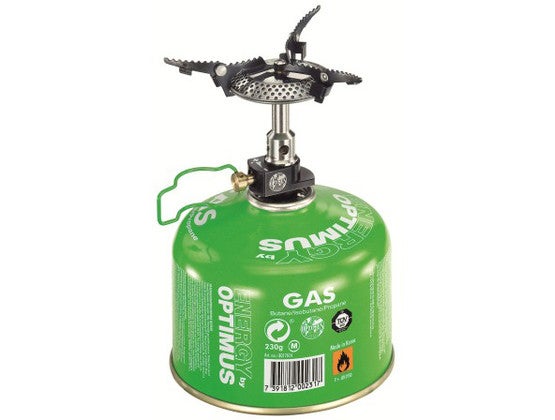
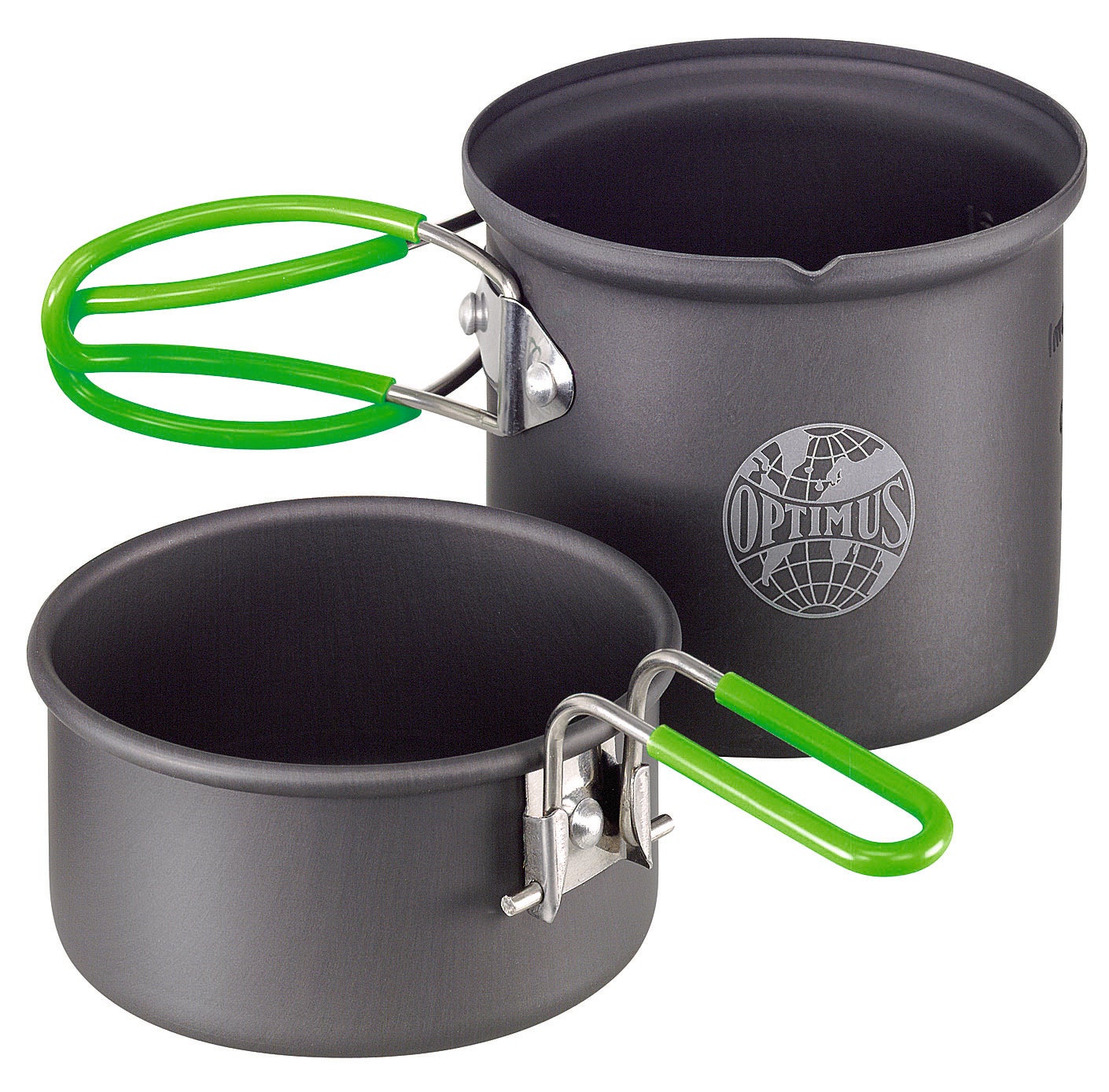
- Toaks has a similar pot setup for $48.95, and is 158g (5.6 Oz) for the complete pot and lid
- MSR Pocket Rocket – 73g (2.6 Oz) – $44.95
- Lithic also has a camp set that is 442g (15.8 Oz) for the entire set, but the 900ml pot is only 106g (3.95 Oz) and 1.4 L can’t be much more
Food will be one of your biggest treats when out in the wilderness, make sure to not skimp on quality and flavor. Food is such a picky and sensitive topic. Just be aware that food weight also makes pack weight go up. Pick nutrient dense foods that suit you well. If you get constipated easily, make sure that all the GORP mix and jerky you eat doesn’t end up making #2 time the last thing you want to think about. Instead of listing it all out, here is a link to the most calorie dense ingredients great to bring on a trip. Erik Asorson also does magic when packing 4000 calories into a 2 Lbs pack. Most of the basics for calorie rich foods that can be found all over is pretty simplified on his other page.
For coffee snobs, I recommend you pull the fuse on the uppity breaker panel and suck it up with dehydrated coffees. There are some really good ones out there now, and we all know how Steve 1989 feels about Milsurp ones.
Being T1d nearly my entire life, I have battled on the need for heavy carbohydrates and requiring insulin. When metabolism goes up, it is a fun game to play on how much of each. Still, I believe having higher fat contents when eating significantly reduces glycemic responses by slowing down digestion and gastric emptying. For non-diabetics, proteins + fats keep you feeling fuller longer. For this, I have learned to enjoy tuna and salmon packets while out on the trail, as well as the magic of dehydrated chicken in soups and stews! Having dehydrated chicken and Maggi seasoning in a cup at night warms the body and the soul while taking up zero space and weight.
To summarize food – Stick to what you like, see if you can find it in a lighter weight, even if you have to package it yourself. If you’re in bear country, don’t forget a bear sack or container. Just make sure that it is food that you have eaten or at least sampled before bringing on the trail. You don’t want a sudden case of explosiveness or just hate the food while you’re out there.
Hygiene and Health are vital, despite what trail junkies say. Yeah, we can go a few days to a week without deodorant and shampoo, but basic hygiene practices such as brushing your teeth and keeping your hands clean (most of the time) are vital for reducing risks for infection and other ailments.
Injuries and illness were experienced by 82% of AT hikers in one study. One must be sure to have as many preventative measures as possible when heading out. When out on the trail, it is also wise to have reactionary supplies in addition to basic hygiene equipment. I carry the following:
- TP / Trowel
- Alcohol swabs (diabetic, I have thousands of them) for cuts, hand cleaning, etc
- Medications in a film canister:
- NSAIDs/Analgesic Meds – Ibuprofen 200mg, Excedrin Migraine (Acetaminophen + Caffeine) [4 of each]
- Constipation/Diarrhea Meds [2 or 3 of each]
- Caffeine pills [2]
- Tums [4]
- Powdered soap – 1-2g
- Skin prep – Itch/cut/burn packets
- 4″x4″ Gauze, AT tape around film canister
- Blister pack – adhesive moleskin pieces, Antiseptic wipe
- Toothbrush, Toothpaste, Floss
This entire pack weighs 117g (4.12 Oz) for a four-day trip. The toilet paper takes up almost half that weight.
There’s a strong possibility of experiencing mosquitos, lice, or tick bites, bee stings, or being bitten by other critters at night. This is where the previously mentioned zero-weight knowledge on assessing your own injuries can determine whether you finish your trip or head home early if an infection sets in. I also read and cannot find the source that there were a significant percentage of AT thru-hikers with dental/gum disease after finishing the trek. Why so? They assumed dry-mouth as well as lack of brushing and flossing. Have you been to the dentist lately? You could buy 14 years’ worth of toothpaste for the cost of one cap/crown or cavity filling. Don’t skip hygiene, just like you shouldn’t skip leg day or you’re gonna have a bad time.
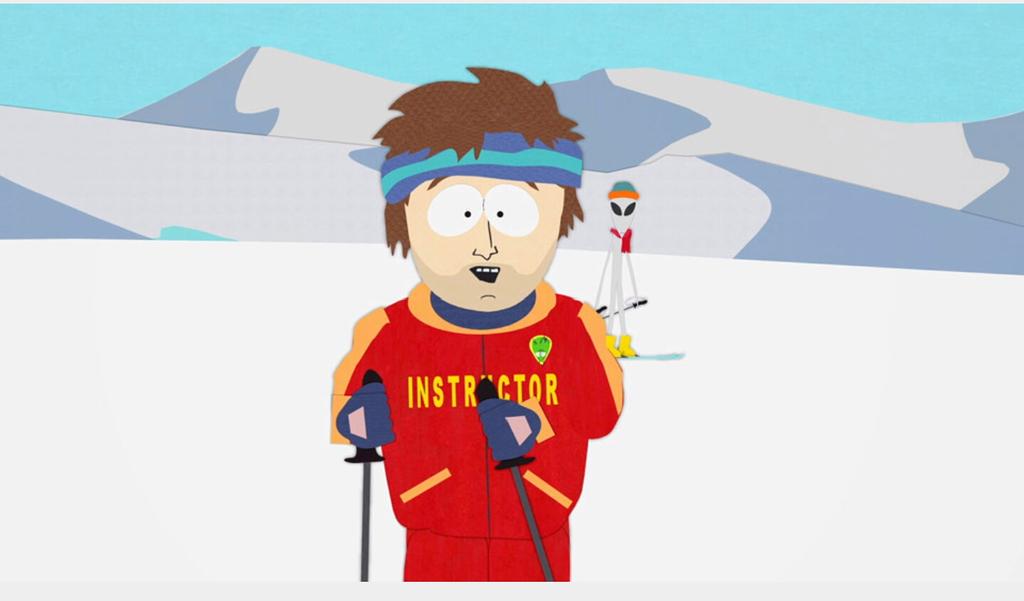
Miscellaneous Items
If you haven’t hit your target pack weight and still feel like you need some luxuries in your life, there are a few things you need to do. Stop. Consider whether you need that two-pound copy of Eat Pray Love, and determine whether there are lighter options.
Like, I carry a Keltec P32 because at 244g (8.6 Oz) loaded, it is even lighter than its newer sister, the Keltec P17 which comes in at 452g (15.94 Oz). That’s a half pound! Of course, this is completely a backup gun playing main fiddle and only in situations where I’m unlikely to be around other people would this be advisable. Last time .32 ACP was considered a true threat was when Ian Fleming was still alive.
Additionally, when hiking less than four or five miles a day with friends, I’ll often bring one of those snazzy new collapsible chairs you can find everywhere online. Watch out, many of the cheaper ones uses steel poles and that can double the weight. I’ve removed the bottom legs of mine, and it comes in at 630g (1.3 Lbs). While a seat pad alone could make do – as stated before, sometimes it is nice to have nice things.
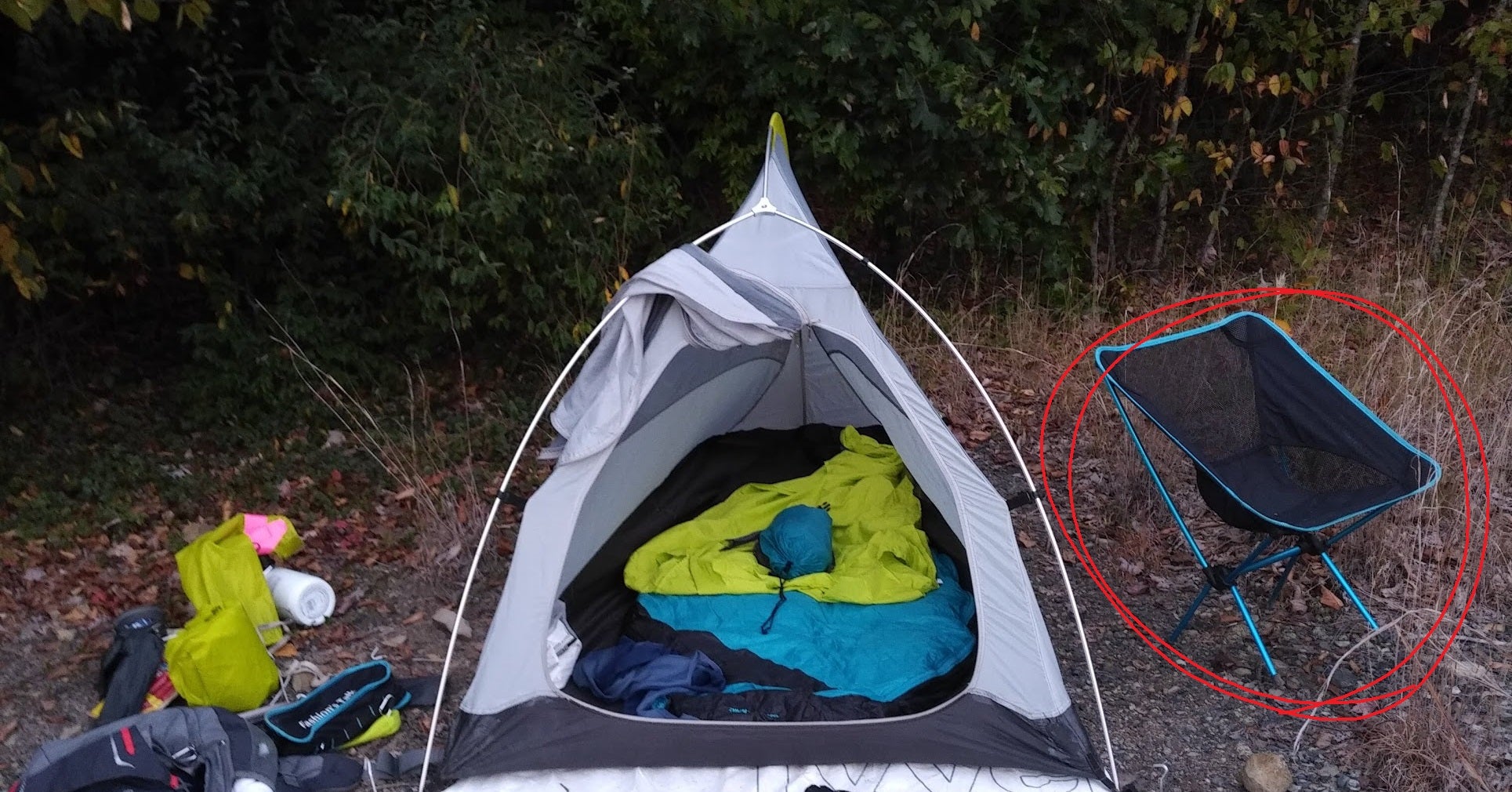
Leatherman Micra is the only multitool I bring with me. At 49g (1.72 Oz), you cannot beat the functionality with the amount of options it has. Now, if I’m CAMPING CAMPING – as in setting up a camp with friends and making things out of fallen limbs, of course, I’ll have more serious tools like a bow saw and other things.
All this hiking and backpacking has a purpose – one that you get to define. Just remember, you will likely not miss some of the things you leave behind when heading out onto the trail… but the things you brought and shouldn’t – you’ll feel those for every mile.
Next episode post, we’ll go over how to situate the things you brought as well as other person-pack interactions to optimize your ability with the weight that you decided to bring along!
The post The Path Less Traveled #006: Methods to Decrease Load Weight – Part II appeared first on AllOutdoor.com.


